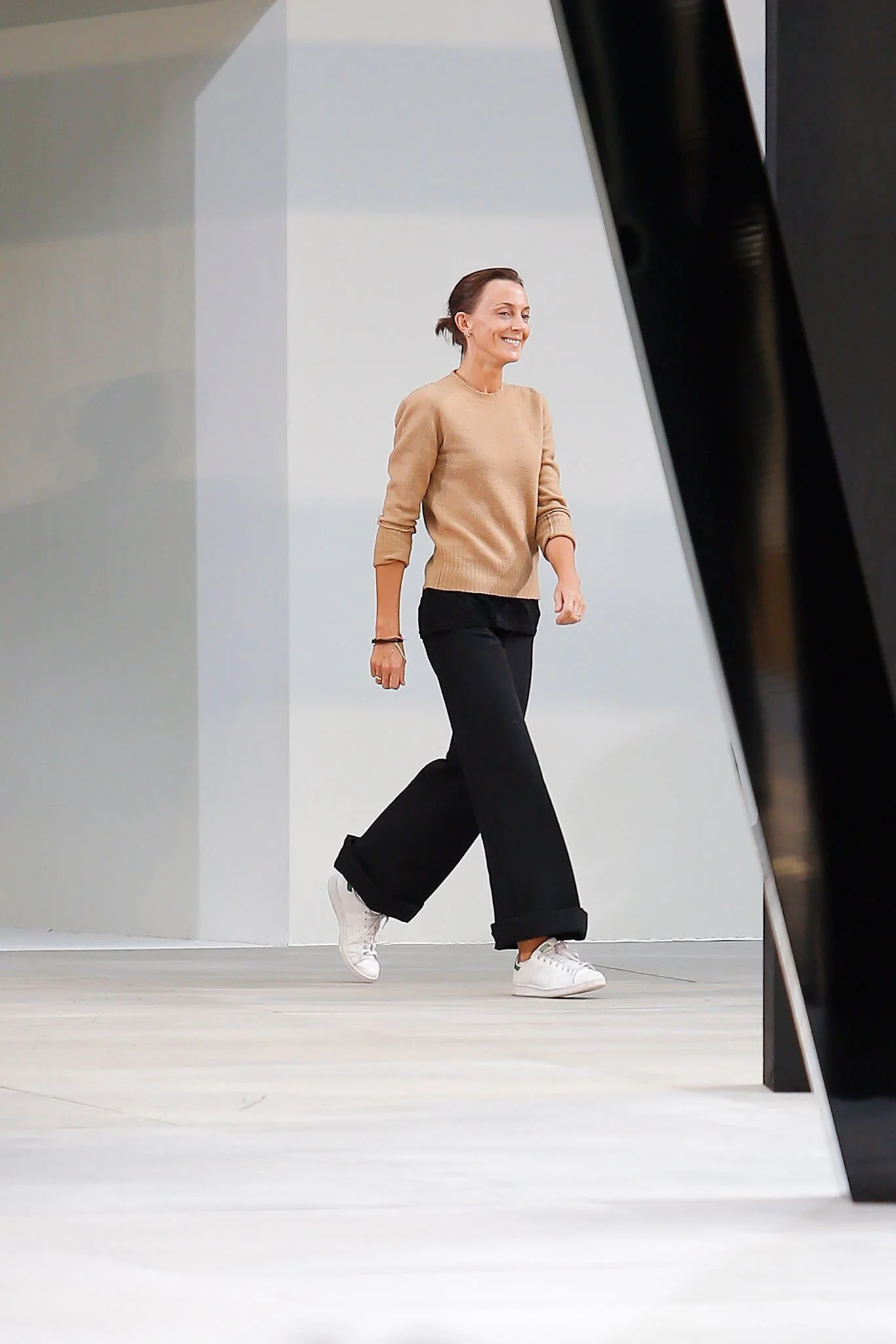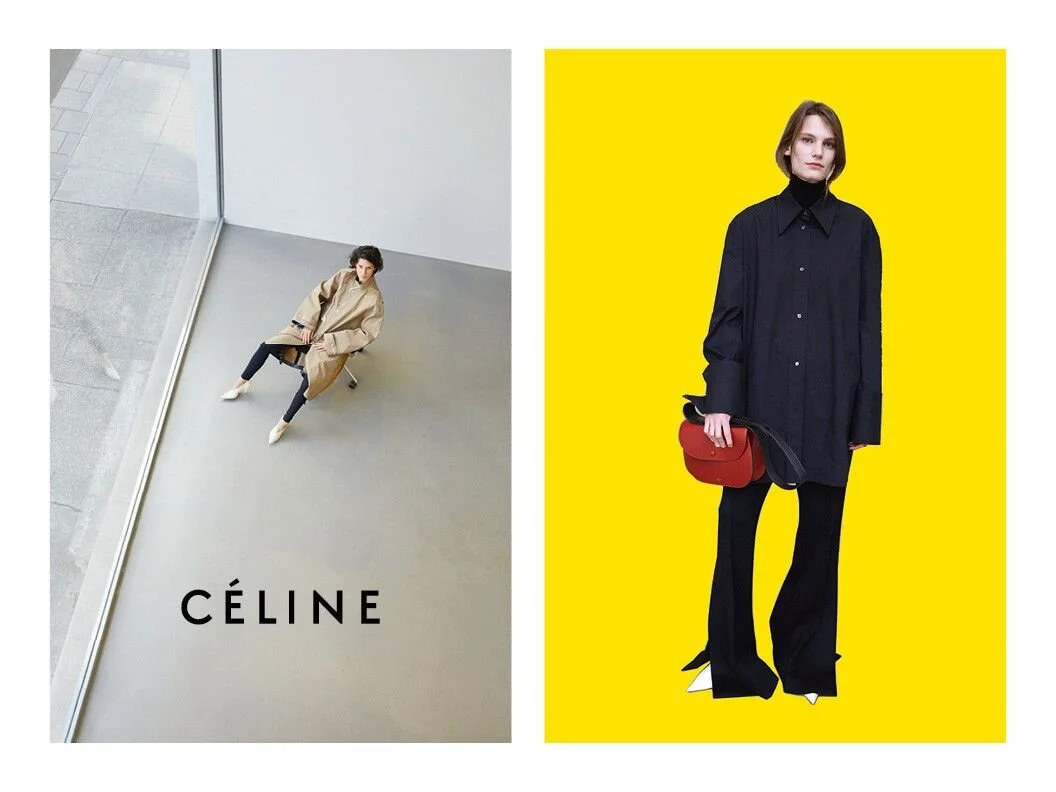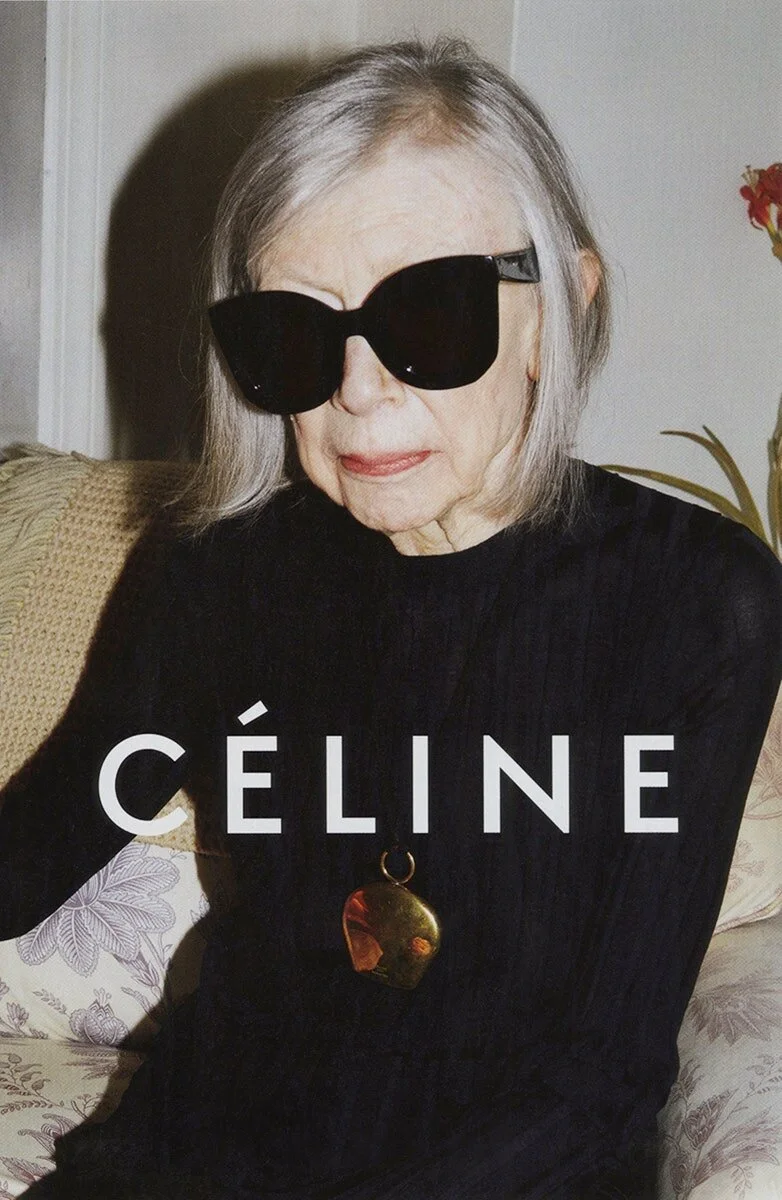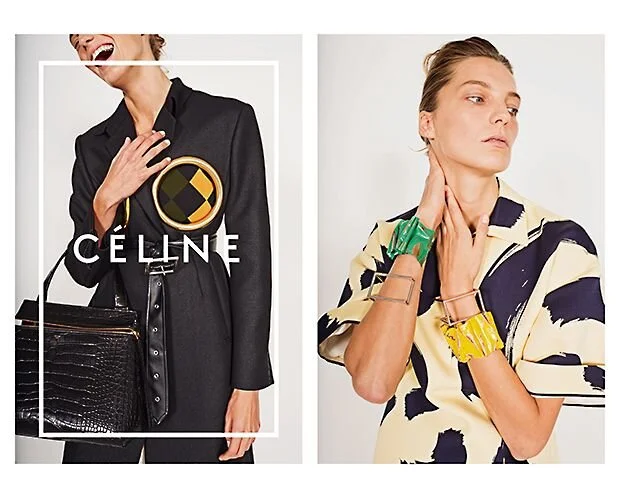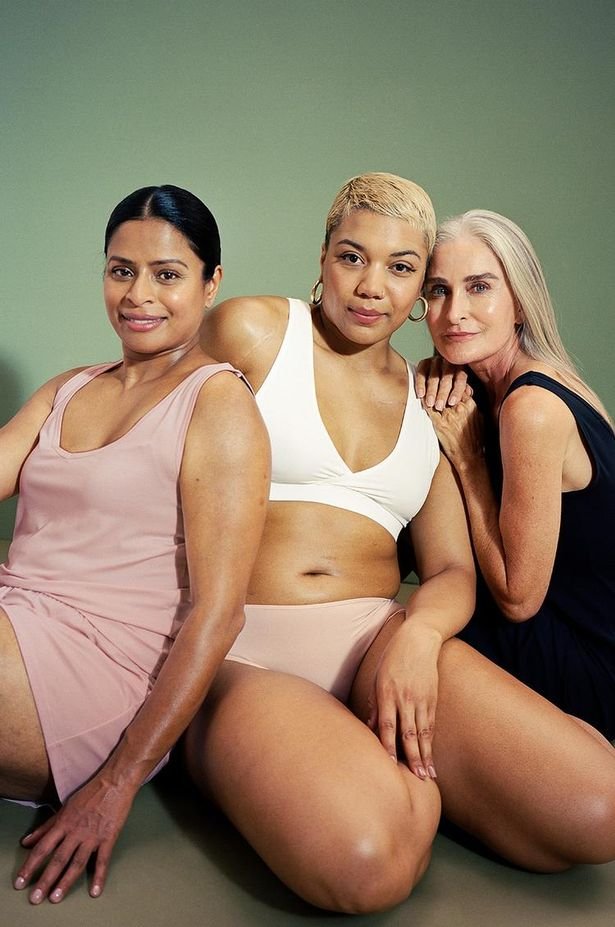Phoebe’s Return
6 minute read
Last week had plenty of feel-good fashion news for women in midlife. Firstly, Kate Moss returned to underwear modelling at age 47, showing us all that sex appeal has no expiry date; Victoria Beckham’s CEO announced that the luxury label’s exquisite dresses will be selling for 40% less in the coming seasons (insert dancing-girl emoji here); the Sunday Times Style magazine reported that women over 40 are now one of the most powerful cohorts of influencers on social media, and former Céline creative director Phoebe Philo announced her return to the industry with her own namesake label (insert several dancing-girl emojis here).
The current heatwave has many women’s adrenaline pumping, but my pulse is racing at the prospect of a new-wave Phoebe Philo-effect. The 58-year-old Parisian’s impact on women’s fashion over the past decade has been likened to Christian Dior’s in the 1950s – game-changing. Irrespective of whether you shopped in old Céline or & Other Stories, the French fashion brand’s aesthetic will have informed, if not defined, your wardrobe in the 2010s. But I’m not simply referring to colours and cuts. During her tenure at the heritage fashion house, Philo achieved what only the most iconic fashion designers have accomplished: she developed a fashion mood, a spirit, that strengthened with each collection and inspired a cultural shift in how women saw themselves and in how they wanted to be seen.
According to Business Of Fashion, Philo “recaset [Céline] as an imperative part of each season’s fashion dialogue” that resulted in “double-digit growth for the company.” She did this by upending traditional notions of femininity and sexiness. Both were once inherently defined by the male gaze, but Philo redirected focus and concentrated, not on how clothes made women look to men, but on how clothes made women feel about themselves. It sounds so conceptual and ethereal, but Philo translated this vision into a tangible sartorial reality. The designer herself described to British Vogue the pieces she created for old Céline as “back-to-reality...clothes that are beautiful, strong and have ideas, but with real-life driving them.”
This was most midlifers’ sartorial dream. In times past when a woman hit 40, it was as if fashion forced her to play a part – classic (aka boring), trendy, sexy or smart. You had to choose one or another. But Philo gifted every woman of a certain age a look that was intelligent and sophisticated, directional and daring, but easy and effortless too. She did away with the idea of clothes as costumes – as something we put on to hide behind or perform in – and replaced it with the notion that getting dressed was an act of freedom, not fakery. Her clothes made women feel confident and beautiful rather than decorative and diffident. And there was no decoding or deciphering necessary to take Philo’s collections from her runway to our reality. Everything felt simplified but not compromised.
But it wasn’t just the mother-of-three’s designs that made women in midlife sit up and take notice.
Philo cast older models in her runway shows before the concept of diversity on the catwalk became ‘fashionable’. She also chose the now 86-year-old American writer Joan Didion as the face of the 2015 Céline campaign, celebrating age and intelligence, and offering a thoroughly fresh definition of beauty, which the brand’s open-minded and urbane followers couldn’t get enough of.
While Ari Seth Cohen’s Advanced Style blog had been promoting the concept that fashion is as much for the over 60s as the over 16s since 2008, many of his wonderful subjects had a style eccentricity that, while inspiring and exciting to look at, didn’t always feel relatable. But with the Didion campaign, Philo positioned an elderly woman within a high-fashion context, and made modern, minimalist clothes look like the most obvious sartorial choice for grandmothers as much as young mothers.
This is why ‘Philophiles’, as her biggest fans are called, will still pay considerable sums for Phoebe Philo-era Céline, and why the demand for these pieces on luxury resale sites has never abated, especially cult items like the luggage tote, which once hung off the arm of every celebrity from Reece Witherspoon and Emma Roberts to Celine Dion and Rihanna. The woman herself intrigued fans as much as the clothes she created. While labelling Philo “ahead of her time”' might sound as hackneyed as describing working from home as “our new normal”, it’s never felt more true, because the essence of old Céline could be exactly what women’s post-pandemic reality requires.
Why? Because firstly, in a post-Covid-19 world, women care far more about how clothes feel, something old Céline made its signature by way of exquisite cuts and luxurious fabrics. Secondly, on the back of months of isolation, and of dressing down every day, many of us are also craving pieces that imbue a quiet confidence and deliver uncompromised comfort. This is what feels sartorially and emotionally appropriate as we slowly emerge from the cocoon of the past 18 months. In an interview with WWD several years ago, then-Céline CEO Marco Gobbetti (now CEO at Burberry), remarked that, “Being quiet gives more value to what we do.” He was referring to the label’s lack of engagement with social media, but it summed up the appeal of the label’s aesthetic too. This subdued self-assurance was the very substance of old Céline.
The Guardian suggested this week that Philo’s new label could be the one to define fashion’s post-pandemic identity. I agree, but a designer of Philo’s calibre doesn’t emerge from the fashion wilderness and set up an eponymous brand unless she’s got something new to say. In a New York Times article last year, fashion director Vanessa Friedman predicted that fashion post-Covid would involve “the irrational, emotional pull of a...something. The gut-punch of recognition that comes from a new way to cast yourself.” Who better than Phoebe Philo to deliver what Friedman described this week as an image of ourselves that we can’t quite fully imagine yet?
If the initial excitement of this reticent designer’s return to the fashion fold was quickly dampened by the reality of Philo’s statement about delivering “exceptional quality”, which we all know equates to exceptional prices, then perhaps we need to look beyond our own wardrobes this time and at the bigger fashion picture. The Phoebe Philo brand will undoubtedly set a new fashion tone, and if we know anything about the woman who made white trainers every woman’s everyday staple, it is certain to be one that advocates for women’s freedom, independence, confidence, and happiness. It’s quite likely she’ll be advocating for the environment too.
Of course, just like in the 2010s, we’ll be able to embrace, if not buy directly, this new luxury brand’s aesthetic, because where Philo goes, every high street brand will follow. But I suspect the ethos of Philo’s next venture is unlikely to inspire a rush on inexpensive Phoebe Philo reproductions for Instagram feeds and Facebook profiles. I think the designer will influence our wardrobes and how we dress over the coming years in a less obvious and more implied manner. Meaning? Slow fashion… genderless dressing… vegan designs? Who knows, and who can’t wait to find out?
Marie Kelly, July 2021
Relate?
Tell us in the comments below…
join the conversation
share and comment below, we’d love to hear your thoughts…
